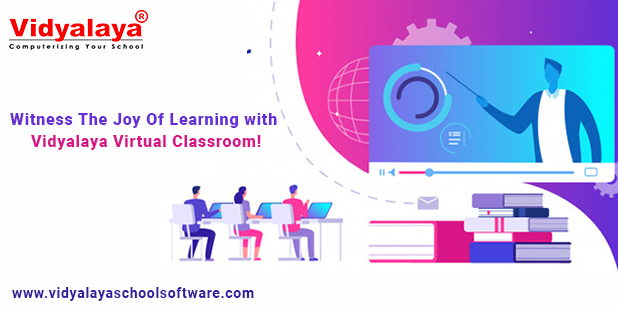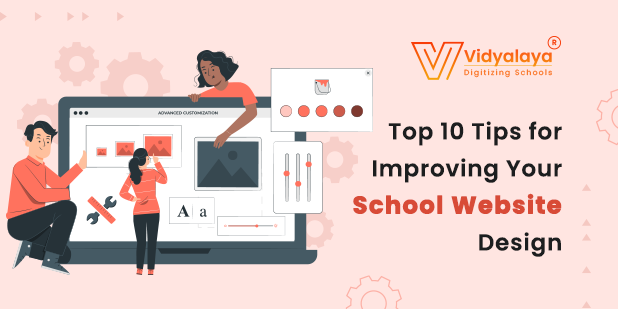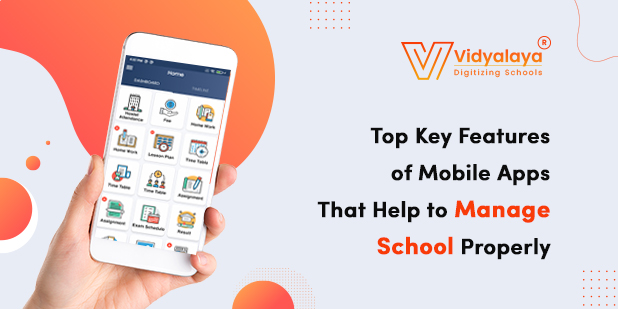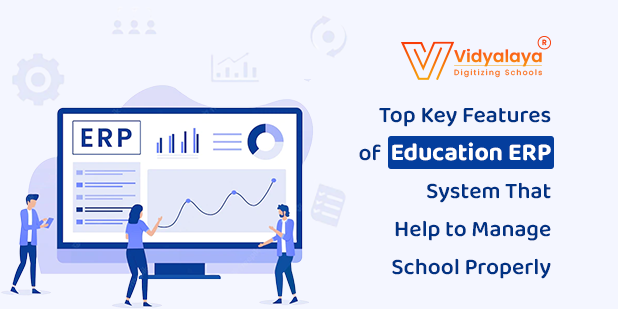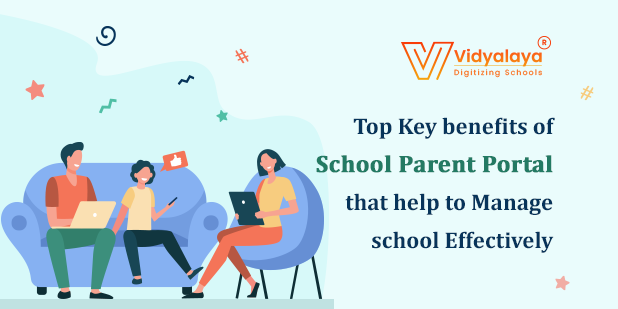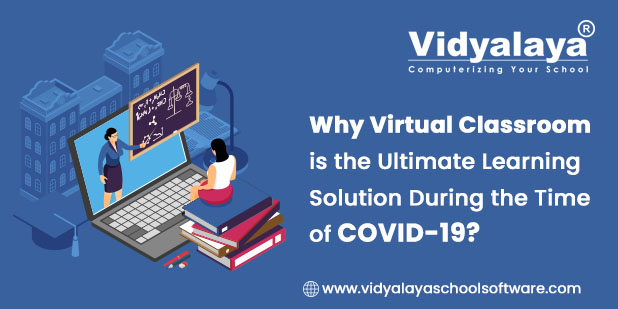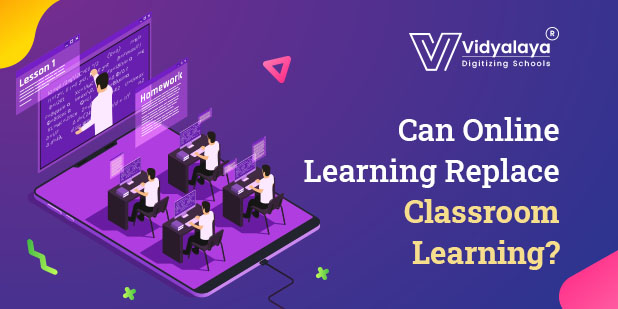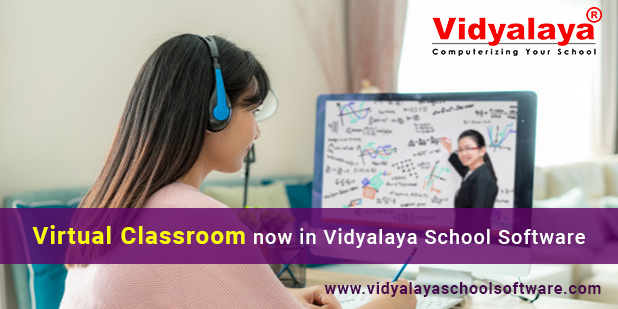The Novel Coronavirus (COVID-19) has taken the entire world by storm through the exponentially growing number of cases daily. Helplessly trapped in the lockdown of the full-blown global pandemic, many schools, coaching institutes, and universities worldwide had to shut their all facilities for over the many days. According to a study by UNESCO, nearly 80% of the world’s student population has been affected by the closure of educational institutions, as over 138 countries have implemented nationwide closures to prevent the spread of COVID-19.
Since there’s no timetable for when they might reopen, educational institutions are now offering study-from-home options to their students, as an alternative to classroom training. These options include:
-
- Online Courses: Involves the viewing of pre-recorded, asynchronous educational multimedia material by students.
- Virtual Classrooms: Involves live, one-to-one, or one-to-many interactions between teachers and students.
As virtual classrooms are equipped with multiple communication and file-sharing tools that allow both instructors and participants to interact, engage, and exchange ideas in real-time, they prove to be a far better mode of online teaching than Online Courses.
So let us discuss about it:
1. What is a Virtual Classroom?
A virtual classroom is a digitized, online replica of a traditional physical classroom. It serves as an online teaching and learning environment where participants (instructors and learners) can communicate, interact, collaborate, and engage in teaching and learning activities. With a virtual classroom, you can do just about anything you do in a real-world face-to-face classroom.
Also known as a Virtual Learning Environment (VLE) or Online Classroom, a Virtual Classroom can be used for both synchronous and asynchronous learning. While it employs multiple synchronous technologies, such as live streaming, web conferencing, and web-based VoIP, it also relies on a variety of asynchronous communication tools, such as live chat and message boards, to make the learning experience similar to a real-world classroom.
2. What Are the Advantages of Virtual Classroom?
Although an Online Classroom is fundamentally quite similar to the traditional campus-based classroom, learning through a virtual classroom offers several unique benefits that a conventional physical classroom could never provide:
#No Geographical Barriers
Eliminating the constraints of time and location, a virtual classroom provides learners the freedom to join a class from anytime, anywhere in the world. All you need to have an Internet connection, a computer, and a headset equipped with a microphone.
#Cross-device Compatibility
Not only on desktop computers or laptops, but you can also join an online classroom even on your tablet or Smartphone. You can join a class on your laptop and continue it on your mobile phone on the go.
#Multimedia Content
Besides live online sessions, virtual classroom software also allows instructors to create, upload, and share various types of multimedia content such as images, audios, videos, presentations, and more. This makes the learning process more enriching and comprehensive for participants. On the contrary, a physical classroom offers no such facilities.
#Automatic Grading
With virtual classroom software, you can evaluate the performance of your students in the blink of an eye. Not only can you put grading on autopilot, but also you can automate many processes such as attendance. Where teachers can appraise tests automatically; on the other hand, students get to know their scores instantly.
#Post Class Reinforcement
If a student misses a traditional classroom-based session, he has very little opportunity to experience the same thing again. Since most online classroom sessions can be recorded, participants can replay the entire session or its specific part afterward to reinforce classroom learnings. Teachers can also review and improve their performance through recorded sessions.
#Interaction and Retention
During the live online class, you can drive real-time interactions with your students by engaging them through polling questions, quizzes, games, and surveys that encourage discussions and drills-in key learning.
#Scalable
Virtual classrooms are highly scalable. Means, you can scale offerings up or down when required. Unlike traditional classrooms, which have limited infrastructure and resources, online classrooms are not a constraint to anything.
#Save Cost and Time
According to a report, a virtual classroom typically requires 40 to 60% less time learning the same material than a traditional physical classroom. An online classroom cuts the cost of travel, infrastructure, and learning materials.
Vidyalaya School Management Software introduces a brand new Integration – Virtual Classroom, To know more : https://www.vidyalayaschoolsoftware.com/products-services/online-classroom






















